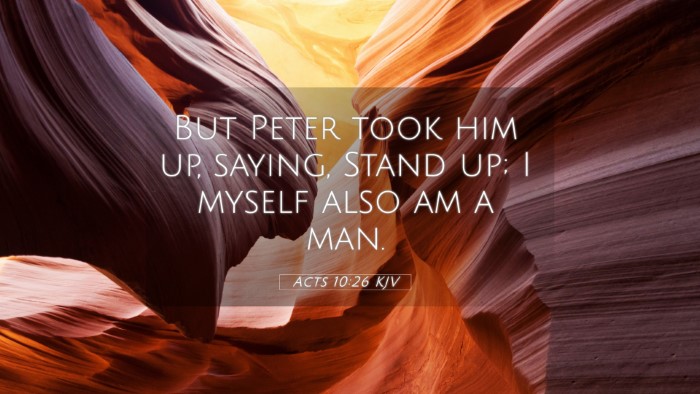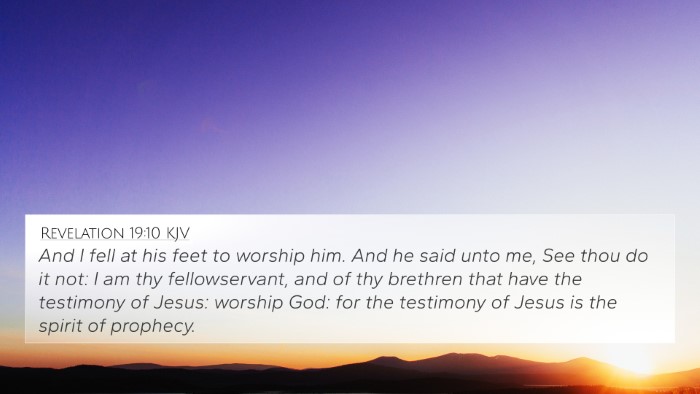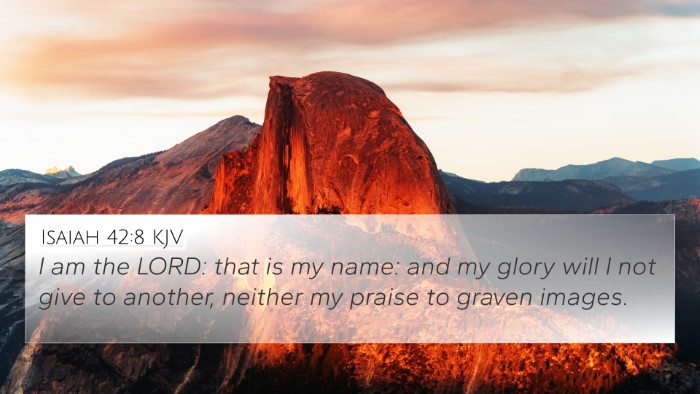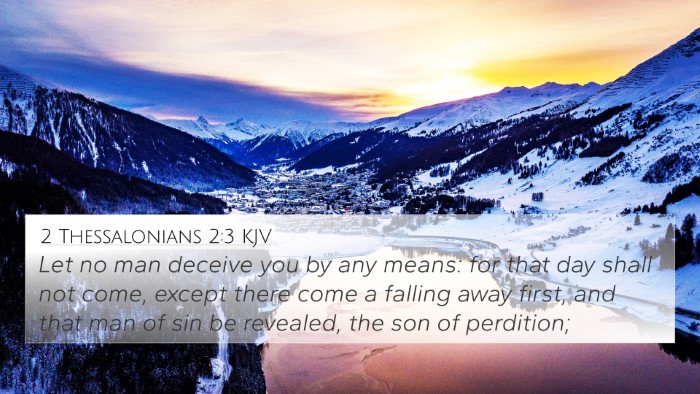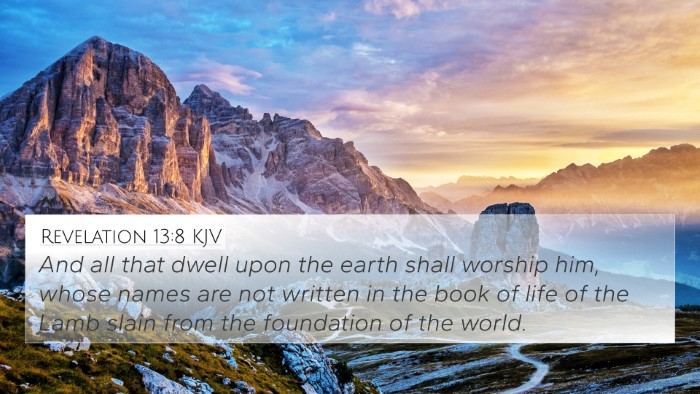Understanding Acts 10:26
Acts 10:26 states, "But Peter lifted him up, saying, Stand up; I myself also am a man."
This verse is a powerful testament to the humility and equality present in the early Christian teachings. Below, we delve into its meaning by integrating insights from renowned public domain commentaries to provide an enriched understanding of this scripture.
Meaning and Interpretation
This passage occurs in the context of Peter's encounter with Cornelius, a Gentile. Here, Cornelius shows a posture of reverence by falling at Peter's feet. Peter's response emphasizes his humility and the reality that all believers share a common humanity before God.
Insights from Public Domain Commentaries
-
Matthew Henry: Henry asserts that Peter's command for Cornelius to rise signifies that no man should be worshipped or revered to the point of idolatry. The apostle redirects worship towards God, reinforcing the principle that we are all but servants of the same Lord.
-
Albert Barnes: Barnes elucidates that this moment illustrates the early Christian understanding of equality among believers. Peter recognizes that he is merely a vessel for God's message, emphasizing that divine calling transcends cultural and ethnic barriers.
-
Adam Clarke: Clarke points out that Peter's actions serve as a pivotal moment. By refusing reverence, he affirms the teaching that all believers are equal in Christ, and that God has no favorites among His followers, which lays the foundation for the inclusion of Gentiles in the Christian faith.
Cross-References to Acts 10:26
To deepen your understanding of Acts 10:26, the following Bible verses draw parallels or provide thematic connections:
- Revelation 19:10: Similar to Peter's refusal of worship, this verse emphasizes that worship is due only to God.
- Luke 22:24-27: Jesus teaches His disciples about humility and service, reflecting the attitude Peter expresses.
- Galatians 3:28: The equality of all believers in Christ is further corroborated, aligning with Peter’s declared perspective.
- Matthew 23:8-12: Jesus warns against titles of superiority, encouraging servanthood—a principle amplified in Peter’s attitude.
- Acts 10:34-35: Peter explicitly states God shows no Partiality, supporting the equality theme.
- James 2:1-4: This passage cautions against favoritism within the church, capturing the essence of inclusivity.
- 1 Corinthians 12:12-14: The metaphor of the body of Christ illustrates unity in diversity, resonating with the essence of Acts 10:26.
- 1 Peter 5:5: Peter himself later teaches humility among believers, echoing his own response to Cornelius.
- Philippians 2:3-4: Encouraging selflessness, this passage complements the attitude displayed by Peter.
- John 13:12-16: Jesus washes His disciples' feet, a demonstration of servant leadership that Peter embodies in his response.
Thematic Connections
The interrelation between these scriptures highlights a common biblical theme of humility, equality, and servant leadership. Acts 10:26 serves as a foundational text in understanding the broader theological narrative regarding inclusion in the kingdom of God.
Contextual Analysis
The broader narrative of Acts 10 centers on God's revelation that salvation is available to all, not just the Jews. This pivotal moment illustrates the breaking down of barriers and encourages a community that embodies diversity and acceptance.
Conclusion
In conclusion, Acts 10:26 is not only a historical narrative but also a profound theological statement about the human response to God's calling and the equality of all believers before Him. By integrating these insights and cross-references, one can appreciate the fullness of this scripture's message and apply its principles to contemporary faith life.
Additional Resources for Cross-Referencing
For those seeking deeper insights, consider utilizing the following tools for Bible cross-referencing:
- Bible concordance
- Bible cross-reference guide
- Cross-reference Bible study
- Comprehensive Bible cross-reference materials
- How to use Bible cross-references
Further Study Suggestions
To explore the connections between Old and New Testament themes, consider delving into:
- Identifying connections between the prophets and Apostolic teachings
- Cross-referencing Psalms with New Testament messages
- Comparative study of Pauline epistles

